Behind the scenes of a stop motion video
With over 16,000 views in just two weeks, ScienceAtHome’s latest stop-motion movie met a rather unexpected success. Pinja, researcher and head of outreach at ScienceAtHome, is one of the directors of the video. She confessed: “I didn't really know what to expect. In the world of YouTube, the most surprising things become viral and sometimes great things flop, so I just decided to see what happens. I’m very happy with the number of views, but what pleases me even more is the encouraging comments viewers have left for us.”
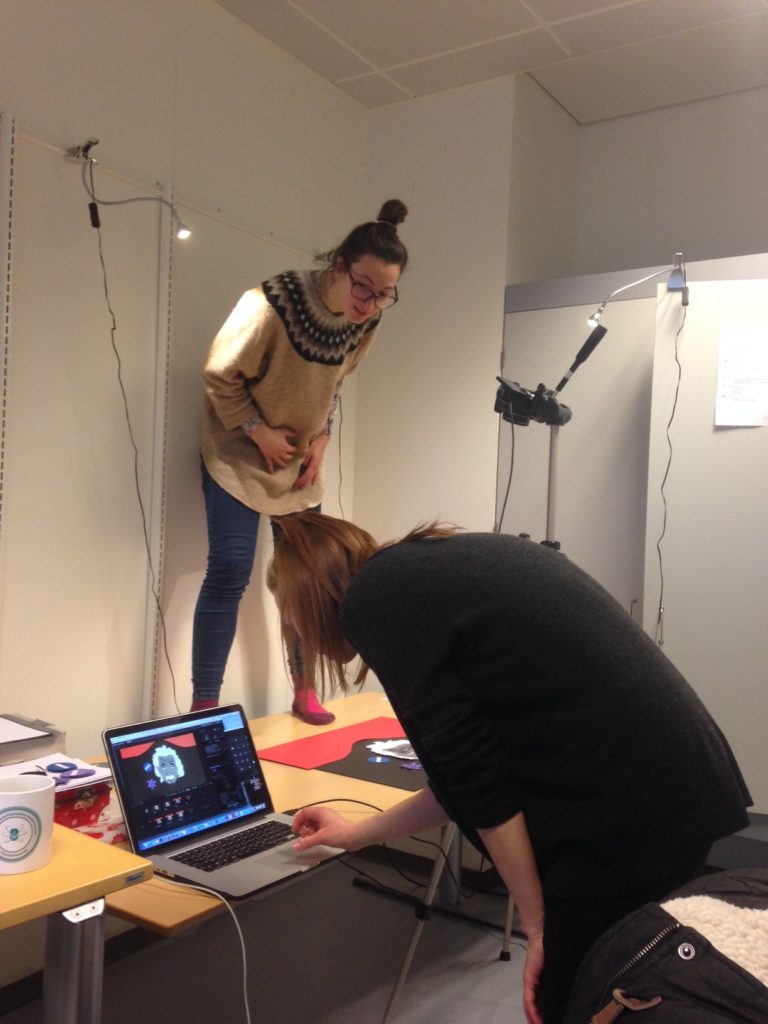
Bea (on the table) and Pinja working on the shooting
The four-minute short film is a really good explanation of what ScienceAtHome's main project at the moment is and, ultimately, tells you the secrets behind Quantum Moves. Janet, the second director and the voice in the animation, explains why the idea originally came into being: “It can seem really weird how playing a game on your phone can help build a quantum computer. So, we made the animation to show people how his or her gameplay actually translated to real weird scientific research”. Janet has joined the project (and many others in Denmark) last summer as part of her Fulbright scholarship, helping the team with transmitting complicated physics concepts (hum well, just like quantum mechanics) to a larger audience.

Aukse and Janet (to the right) during the cutting process
So, if you still wonder how you really help to build a quantum computer by playing games, I advise you to watch the video now. If not, carry on reading: we’re taking you behind the scenes with an interview of both directors.
Maëlle: Did you expect this number of views?
Janet: No, not at all! I can hardly believe it. But what surprised me even more was the wonderful comments people left.
M: What was the goal of doing the animation video?
Pinja: We wanted to tell people how their gameplay is used in the lab—and not just tell, but actually SHOW how the movement of the mouse or the finger in the game corresponds one-to-one to the movement of the laser in the laboratory. When you play Quantum Moves, it’s very hard to see how this helps physicists, so we wanted to share the story of what the elements in the game (the liquid, the funny rubbery surface that holds it) actually correspond to and how the game puzzles fit into the big picture of building a quantum computer.
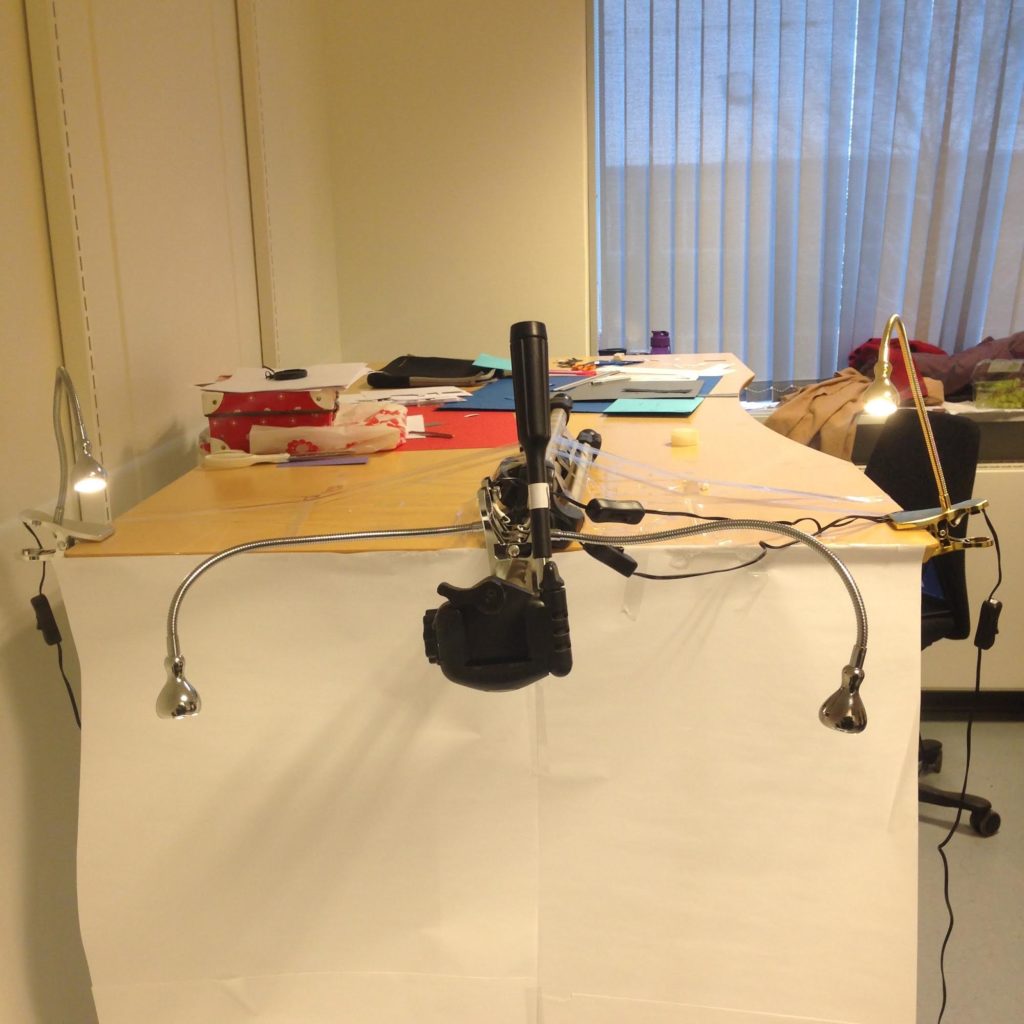
M: How many hours did you spend on the project?
J: About 300 hours
P: We officially put aside two weeks in January for this, but it was quite a bit more than that. I started writing the script and thinking about the story over the Christmas holidays. We spent the two allocated weeks making our storyboard, building our studio (with Ikea lamps and lots of sellotape), cutting out all the pieces you see in the movie and shooting the images. We also recorded the voiceover in the final days. After this Janet took all the raw material to the editing table and spent a lot of time putting together the audio files and the images for the final movie.
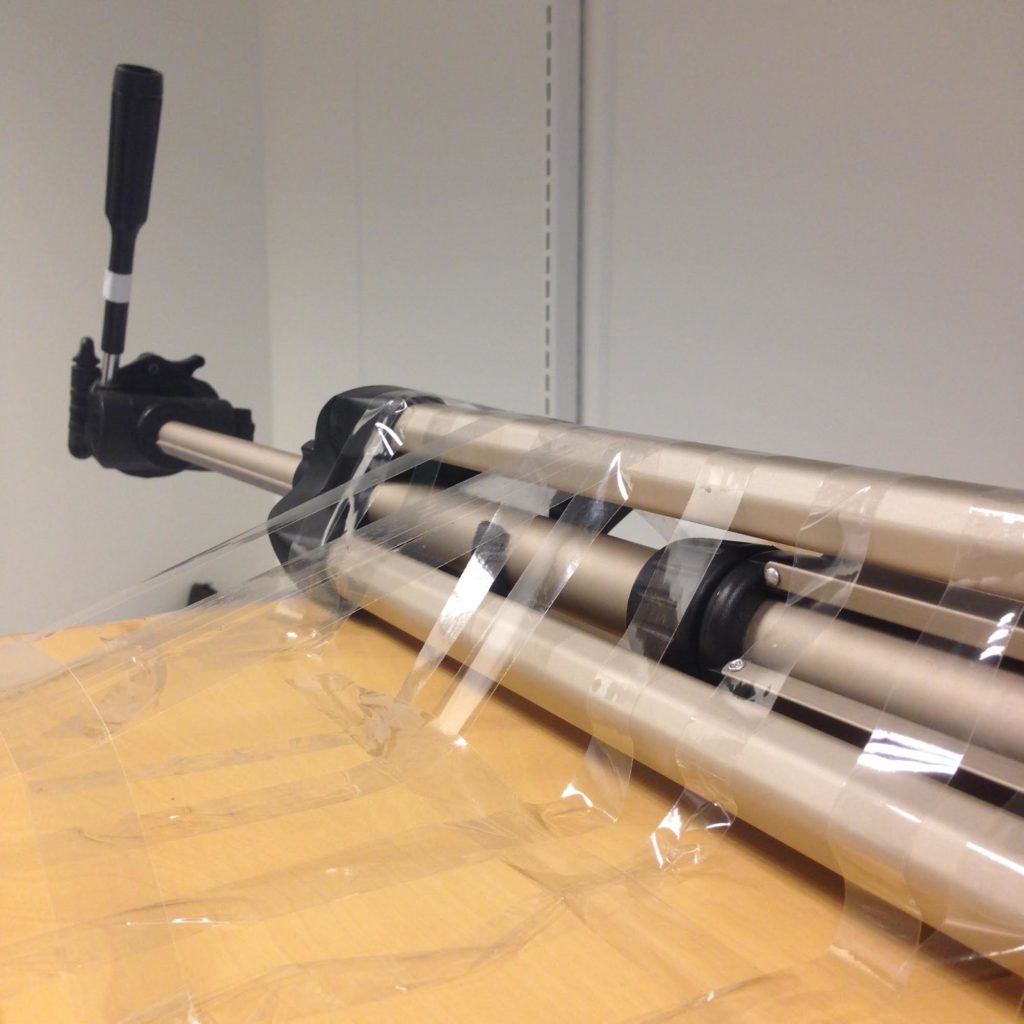
M: What was the hardest part in the making of the video?
P: There were moments when we thought that we will just run out of time. Our intense two-week period also coincided with the worst period for colds, so we were both a bit sick and had to fill our studio with hot tea and ginger!
I think here Janet’s reply would be a bit different. Her biggest struggle was editing the movie. When you have some thousands of high-resolution images on a normal laptop, things start to slow down and crash! If we do a sequel, one of the big improvements will be getting more computing power—or a quantum computer!—for the editing.
J: Surprisingly enough the hardest part of the animation was dealing with the huge files. A single folder of pictures was over 100GB. Each time I rendered a new draft of the video, it would take over three hours.
M: What was the funniest?
J: Setting up the make-shift stop motion studio.
P: For me, the most enjoyable part was sitting with paper and scissors for a few days. When you’re used to doing theoretical physics all day, it’s so relaxing to just think of artsy things and work with your hands.
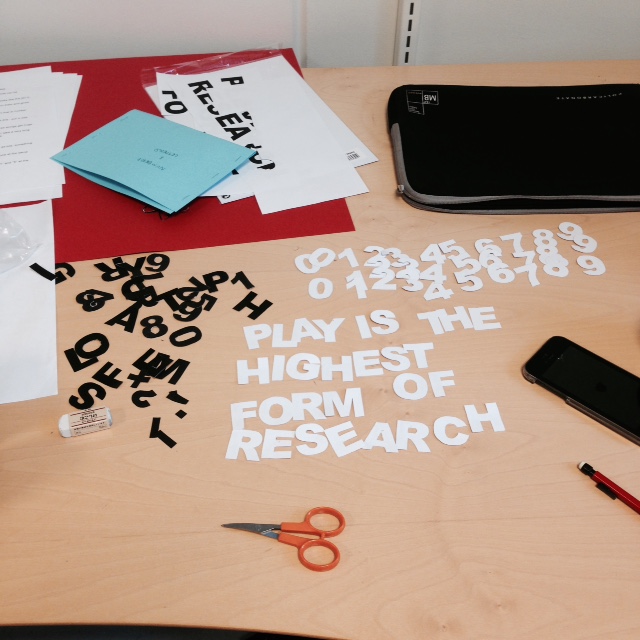
M: What did you learn during the process? Is there a lesson to be drawn from this experience?
P: I always learn so much about the physics that I do when I have to strip away the technical details, the equations, and the physics jargon, and reduce everything into a simple story and paper cutouts. Doing outreach projects like this force me to think about my research from a new angle and there’s always a lesson learned in that!
J: I learned just how worthwhile it is to take the time to make animations like this. Reading tweets about how it clarified the gameplay processes was so rewarding.
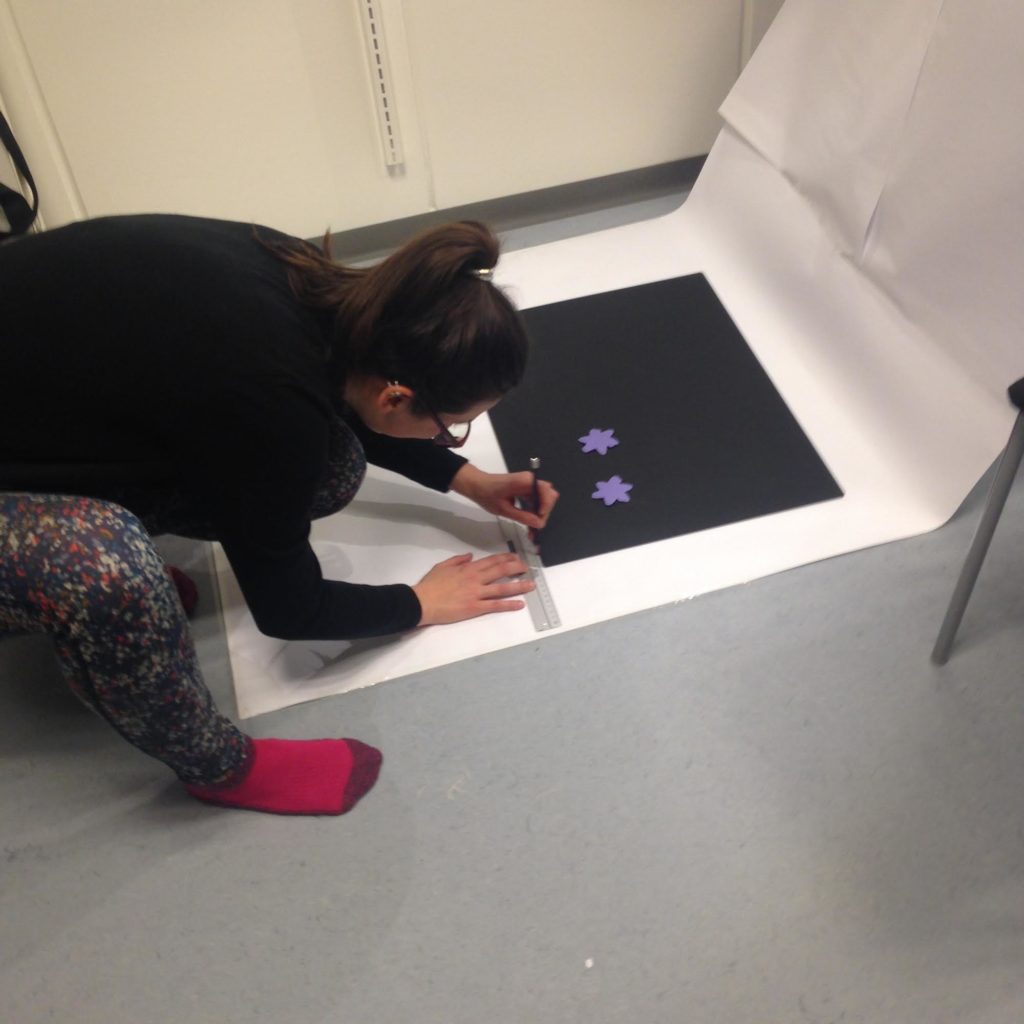
M: Would you do it again?
P: Yes, absolutely—especially after seeing the positive feedback we got!
J: Yes! Absolutely!
Is there a stop motion video you enjoyed and that you'd like to share with us? The team is always on the lookout for new discoveries like fun, inspiring or simply well-made videos that can feed the imagination and give us new ideas for the future. Comment below or message us!
And of course, make Pinja and Janet happy: go to the video on YouTube "How your gameplay helps ScienceAtHome build a quantum computer", give them feedback and pass the link around if you enjoyed it :)

Comments
Could you add more levels to Quantum Moves? Playing it is very exciting but I have passed all 21 or so levels several times and it is not as interesting as having to beat more levels.
Dear George, congratulations on passing all of the levels! We are very happy to hear that you enjoy playing Quantum Moves! 🙂 In fact, we are looking into a number of ways how to increase engagement and excitement in the game.
Thank you for your input, once again. We will forward your message to our game developers and hope that in the future we will be able to offer our players more levels.
By the way, have you also tried some of our other games? For instance, Skill Lab (http://bit.ly/28PSFOF).
Aukse